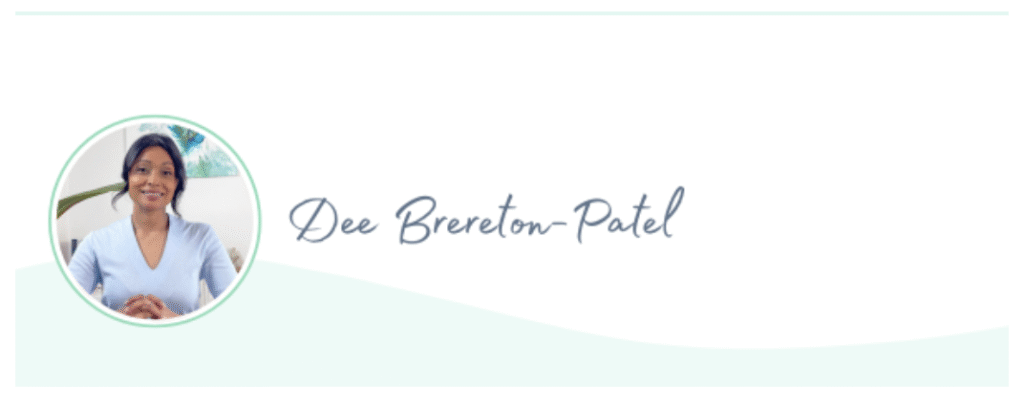Hi,
It’s Dee here
In this week’s edition of Health in 60 Seconds:


Let’s dive in


Intermittent fasting has become one of the biggest wellness trends of the past decade – but not all fasting windows offer the same benefits.
Here’s what the research shows:
















Bottom line: Fasting can be powerful – but the right approach depends on your health status, goals, and what your body actually needs.

Struggling with brain fog, energy crashes, or waking up just as exhausted as when you went to bed?
This isn’t “normal tiredness” – even though busy lives can make it easy to keep pushing through.
These are red flags we often see in clients with hidden post-viral fatigue, mitochondrial issues, chronic fatigue syndrome or Long COVID.
If your body isn’t bouncing back – no matter how much rest you get – there’s likely a root cause worth exploring.

Bonus info
And if you’re feeling constantly tired, these are some of the routine blood tests we recommend starting with – plus the Coho optimal ranges we aim for:
-
Ferritin (iron storage)
▸ Optimal: 50–90 for women, 50–300 for men
▸ Anything under 50 may affect energy and mood -
Haemoglobin
▸ Optimal: Over 132 g/L -
Vitamin D
▸ Optimal: 100–150 nmol/L
▸ Never go over 200 nmol/L
▸ Most lab reference ranges start at 50 nmol/L, which is too low for optimal health
-
Serum B12
▸ Optimal: Over 350 ng/L -
Serum Folate
▸ Optimal: Over 14 ng/mL
Testing is a powerful first step in understanding why you’re tired – so you can move beyond symptoms and start rebuilding energy the right way. We perform more in-depth testing in chronic tiredness too, for instance by looking at viral load, but the above is a good place to start.
Health in 60 seconds, as promised…
Dee Brereton-Patel
Founder, Coho Health





